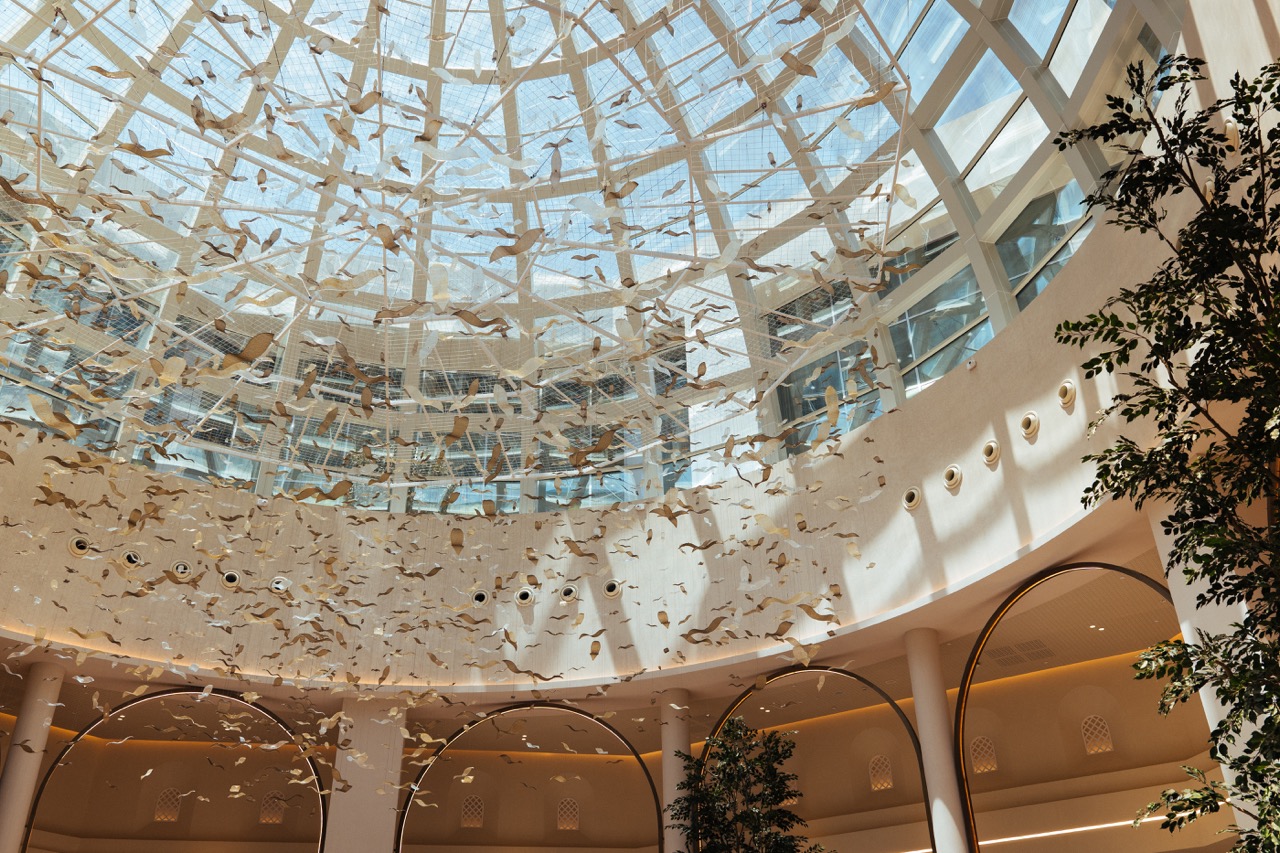Aidin Ardjomandi was born in Tehran, Iran, and is a member of the International Design Awards jury panel. He is a lecturer of the art faculty at the Central Tehran Branch of Azad University. Aidin started his career as a designer and an editorial cartoonist when he was 18 and has won several prizes in these two fields. Currently, he is working in his own design studio as a product and lighting designer, while also being the lecturer and manager of marketing at Istituto Di Moda Burgo in Qatar, as well as the international relations manager of Azerbaijan Design Awards.
In 2015, Ardjomandi won the A’DESIGN Award by inventing a new brand musical instrument, the Celloridoo, which is a hybrid combination of a cello and a didgeridoo. Aidin is a member of the World Design Consortium, International Design Club, International Council of Creative Industries, and the International Association of Designers.
What did you most enjoy about the IDA judging process?
It was inspiring for me to see different mindsets from different cultures and countries. You can easily understand how these events can improve the level of design in the world.
Was there one particular design which really stood out for you?
Absolutely it was more than one! When you are on a jury committee of a world-class competition like the IDA it’s likely to fall in love with a design or two. But in IDA 2020 there were so many great works which made me admire them.
What did you think about the quality of the entries in the IDA?
I have followed the IDA for more than five years and I can certainly say that it was the best period of this prestigious event. Creative works with high-quality presentations surprised me and made the judging process so difficult.
How did you feel about the quality of the students’ entries?
Well, in the case of students’ entries, sometimes it was much better than the professional ones. Students have creative minds, and they are often more fearless to think outside of the box. It was great to see so many illustrious works in this part of the competition.
After reviewing the IDA projects, did you see evidence of current trends or challenges in the design industry?
Some works were deeply connected with today’s challenges in the world. Not only in the case of the design industry but also in all aspects of our daily lives. However, it was not really surprising to see it in a large competition like IDA.
How much influence does your own personal taste influence your decisions in judging a design award?
After judging more than 20 design awards in the world, I try to avoid judging from a personal perspective but as the design is not a measurable phenomenon, in some cases, it is hard to keep personal taste away.
What advice would you give to future entrants?
A good design is an original design, and an original design comes from your own characteristics and your own personality, which is purely unique. So, what you have to do to win is explore yourself and be yourself as a designer.
What did you learn from this experience, and is there anything that you learned that you will take back to your respective business?
As the name of the competition suggests, IDA is an International Design Award, so when you judge it you are seeing a large number of distinct designs, feelings and passions. It reminds you how great and beautiful this world really is with these diversities and I have to improve my works considering these diversities.
What are you working on, what is in the pipeline for you for 2021?
I am teaching at a university and also working on a media design project. 2020 was the weirdest year in our lives and I think 2021 is still a very big question mark.
What do you think are the biggest challenges and opportunities in your career/industry now?
As an industrial designer, I have to say everything is changing so fast and sometimes technology is a more serious influence than aesthetics. I think we are going to have a very tough world steeped in technology in the very near future. So, we as industrial designers should work more on emotions, passion and aesthetics.









